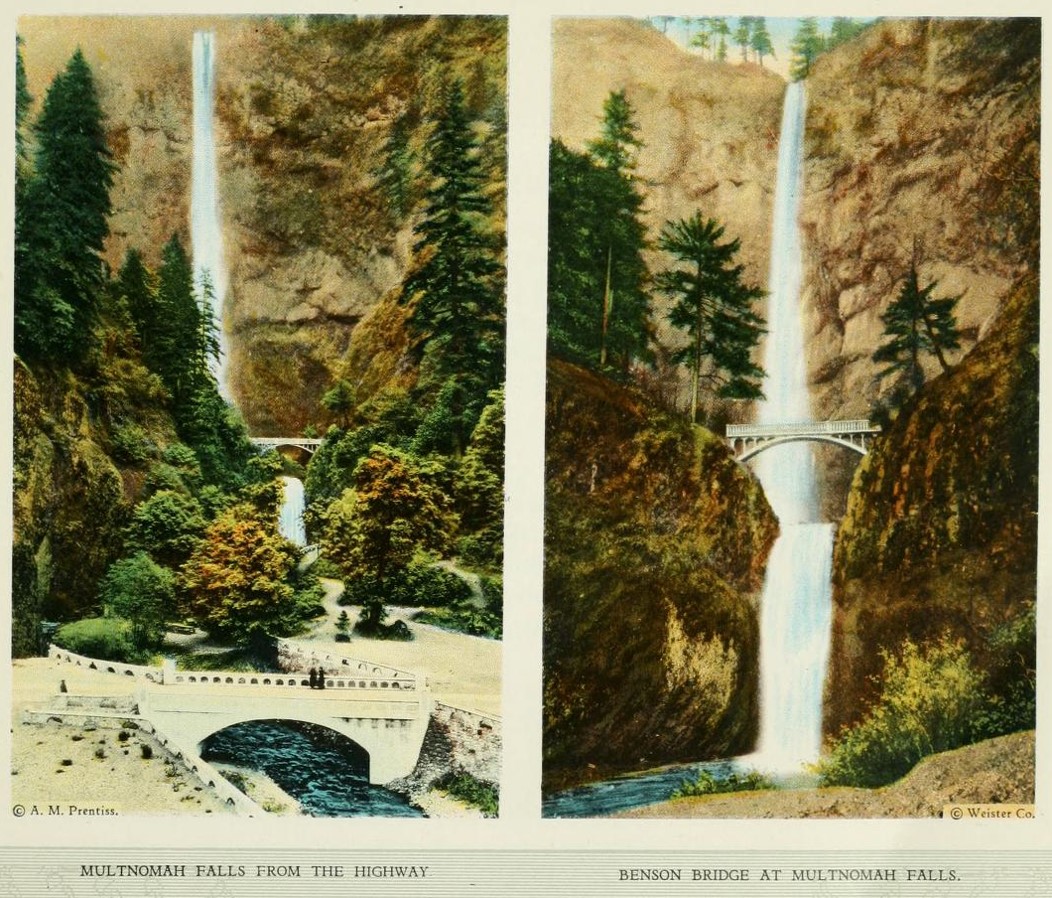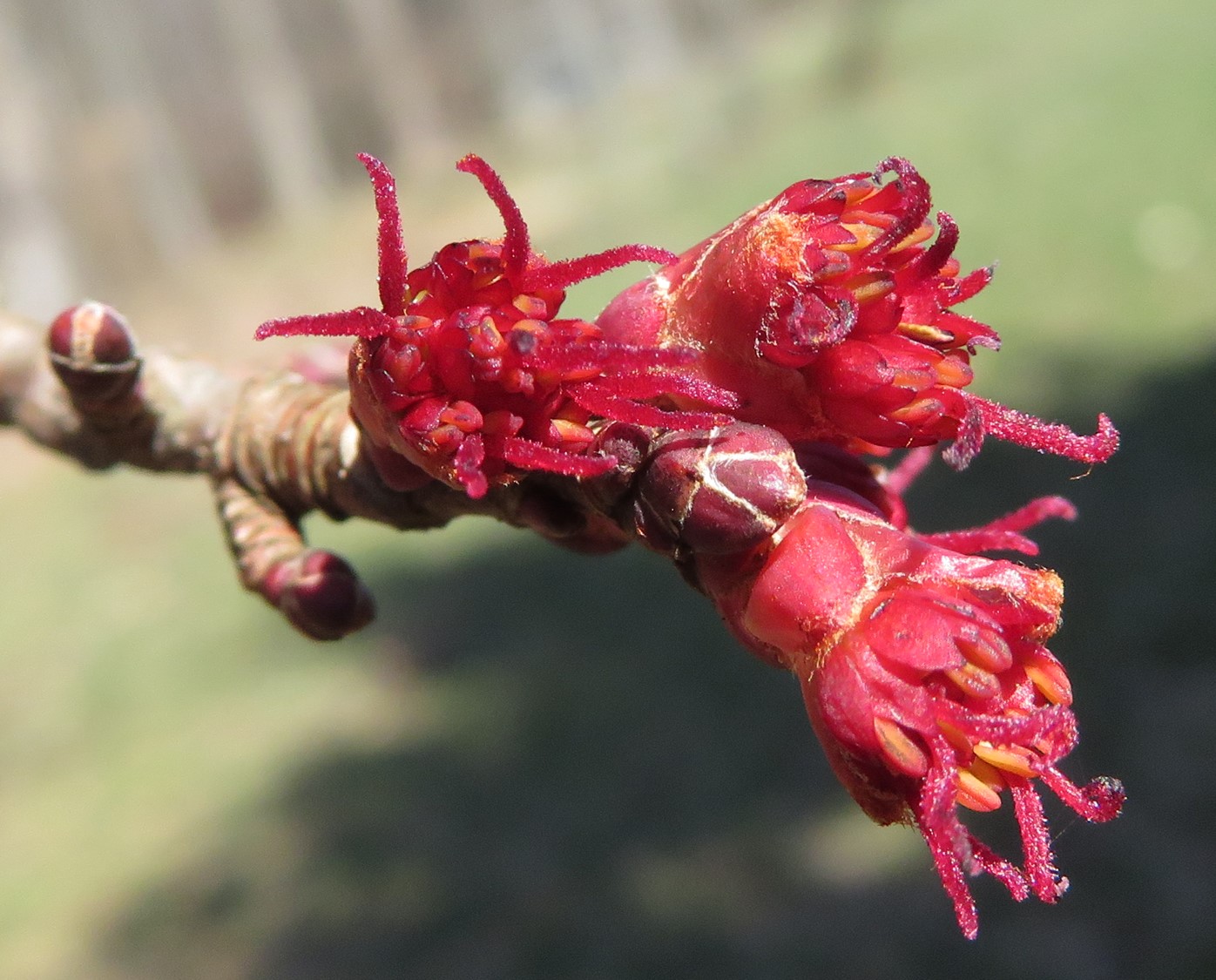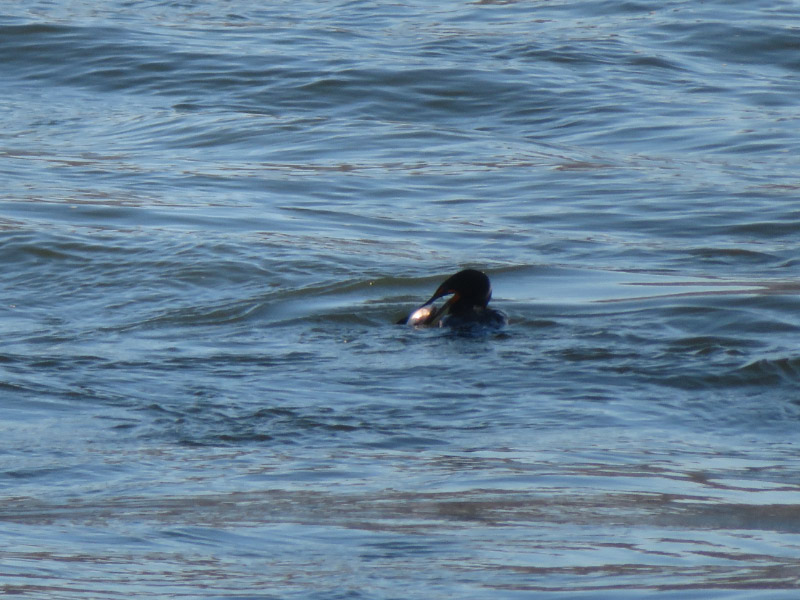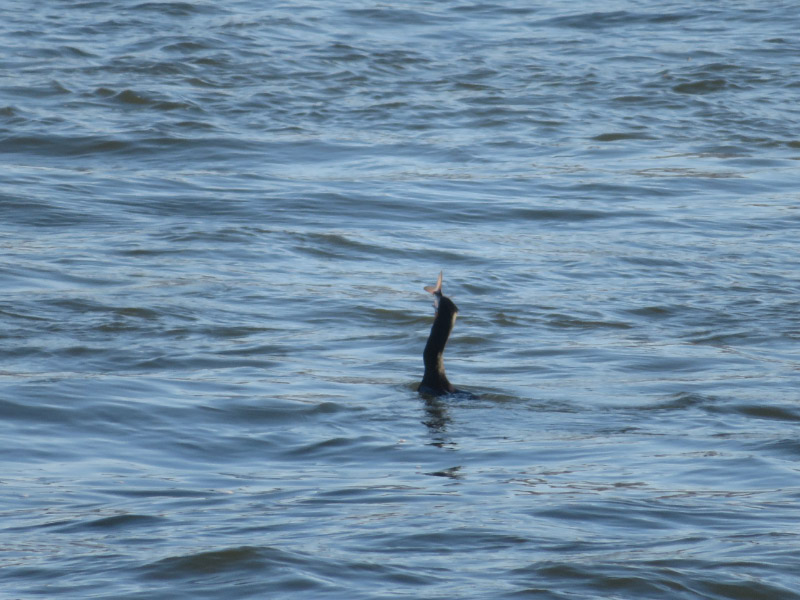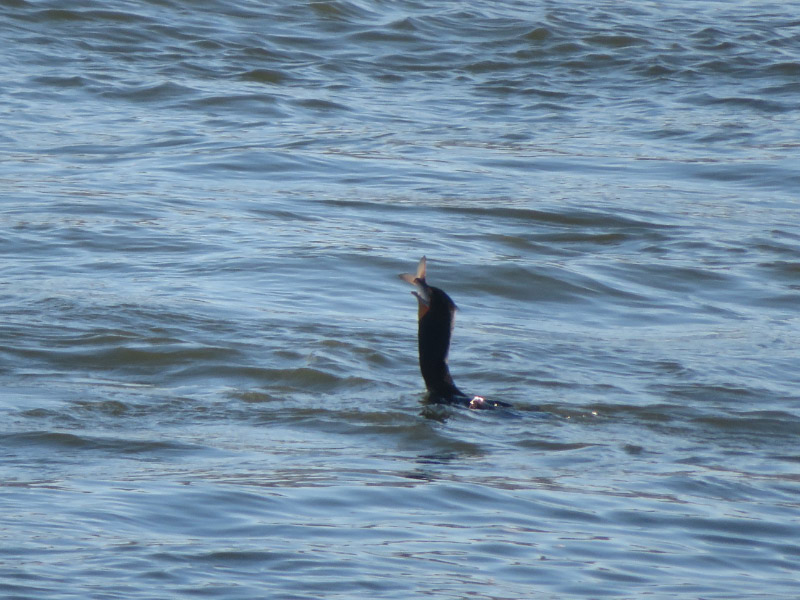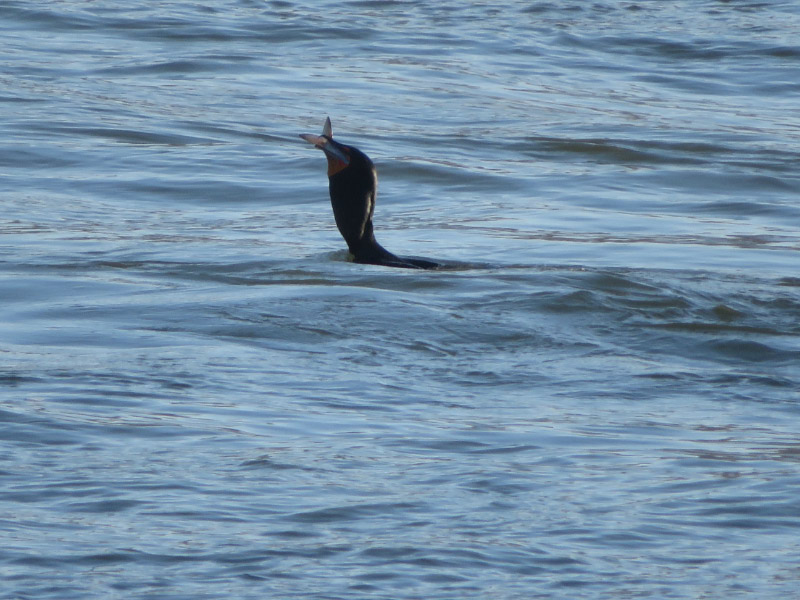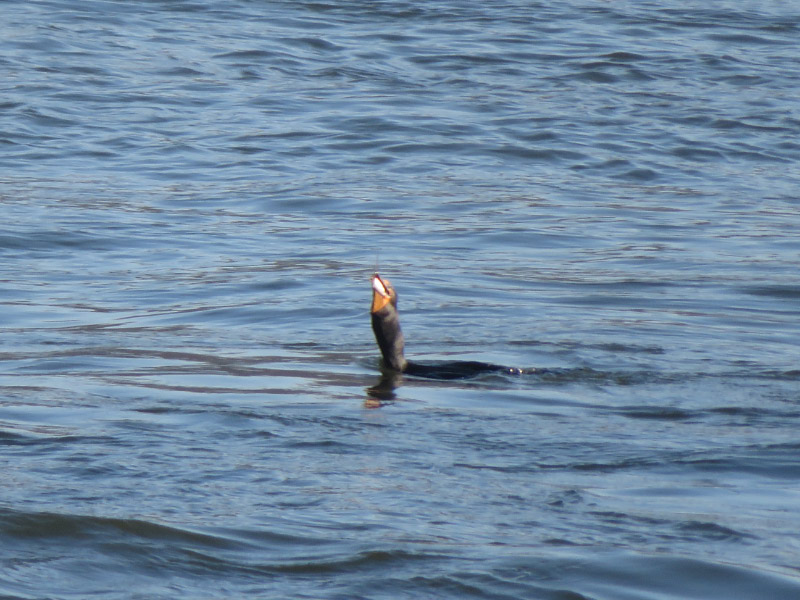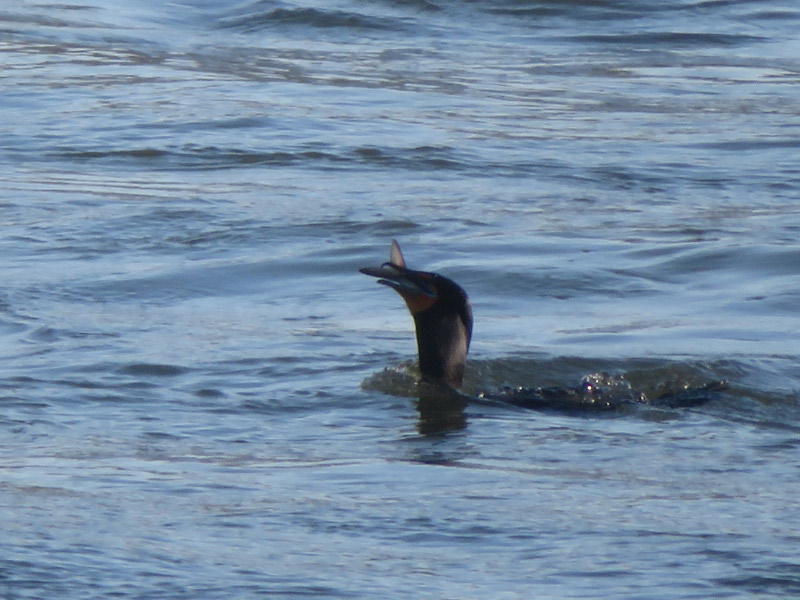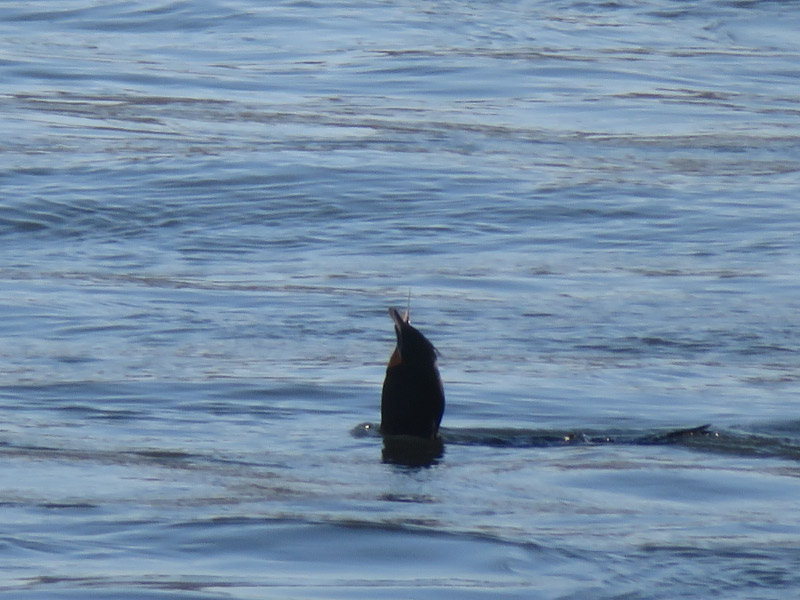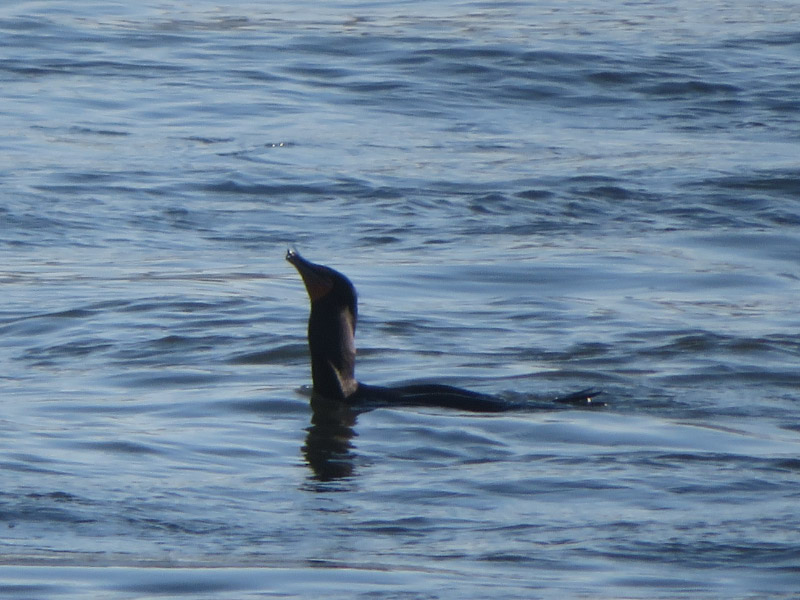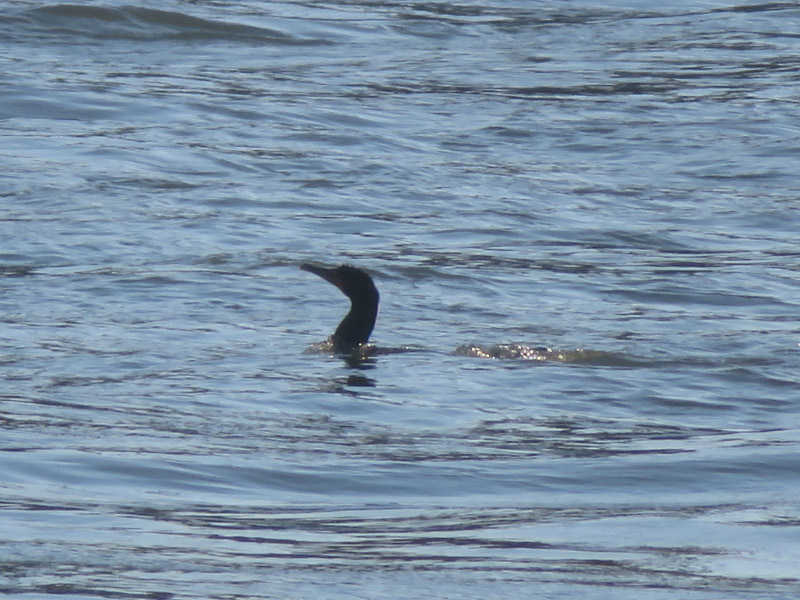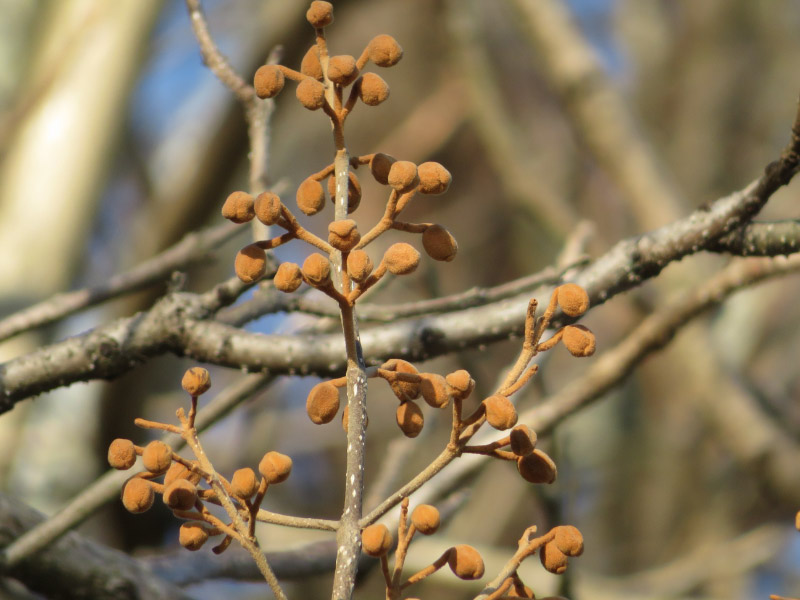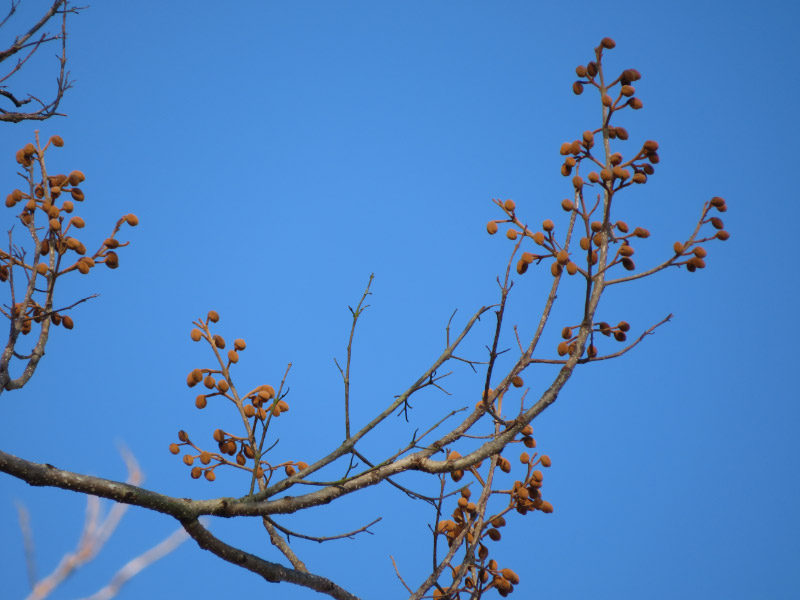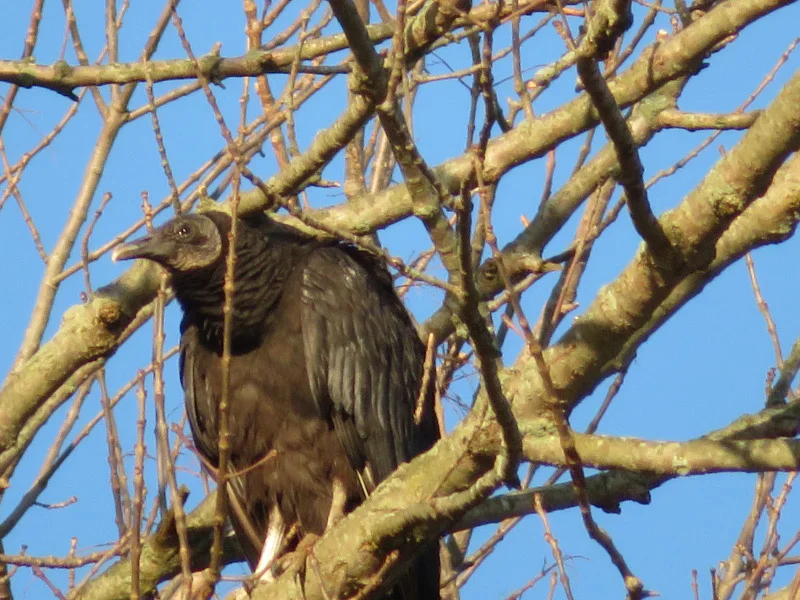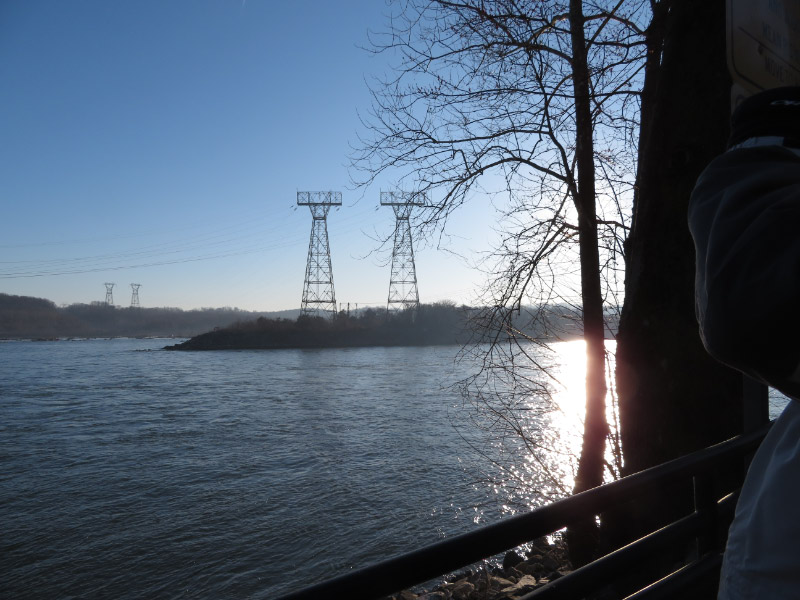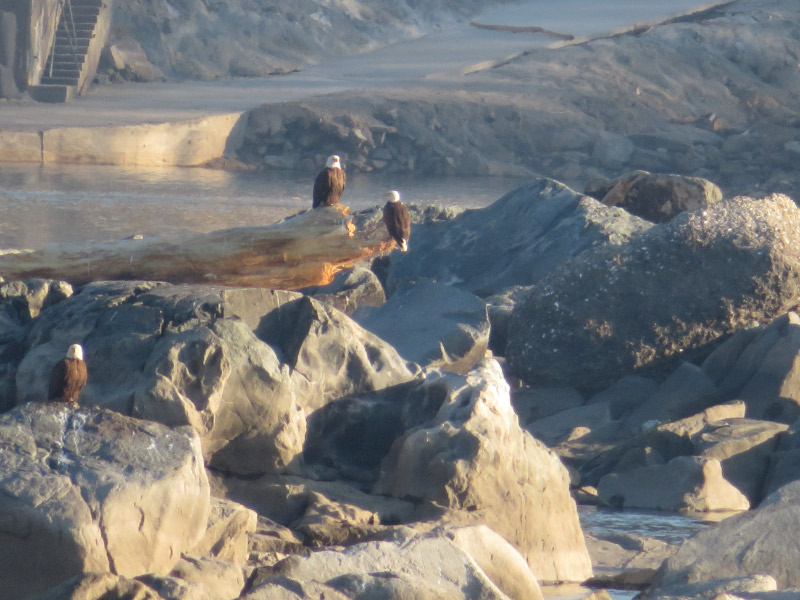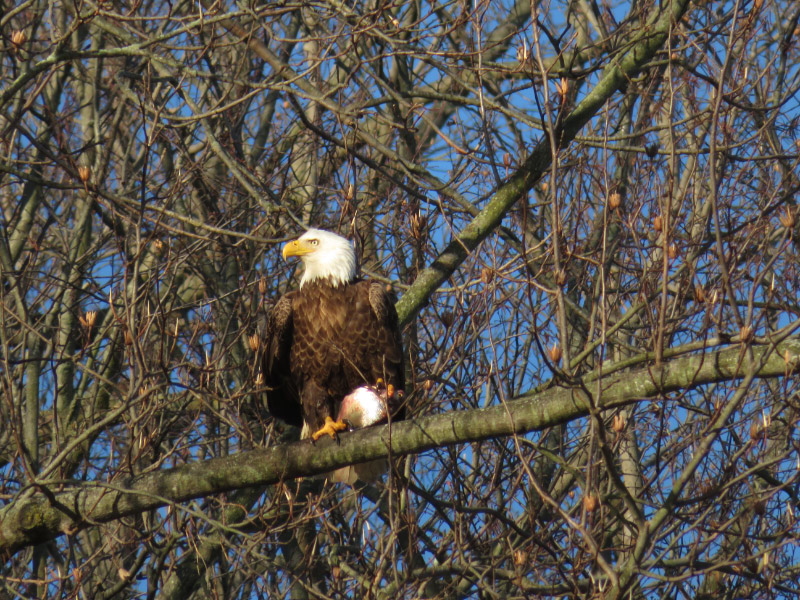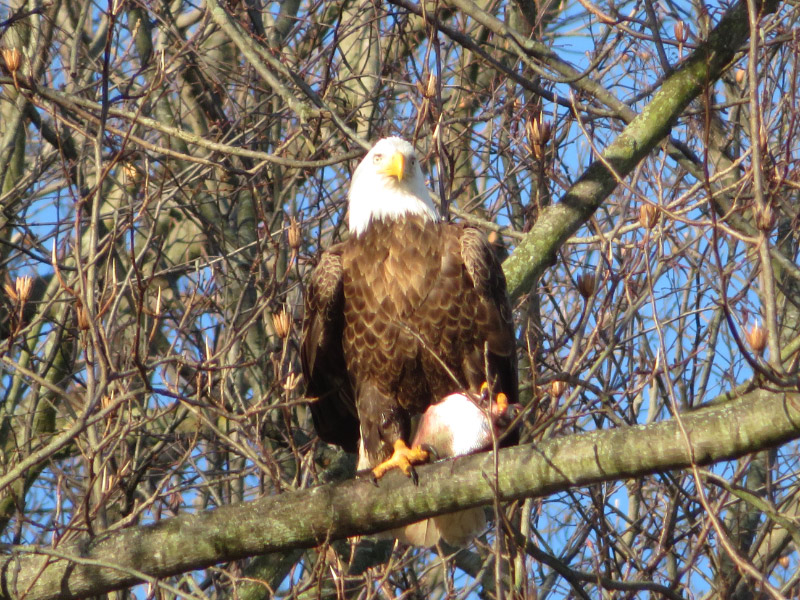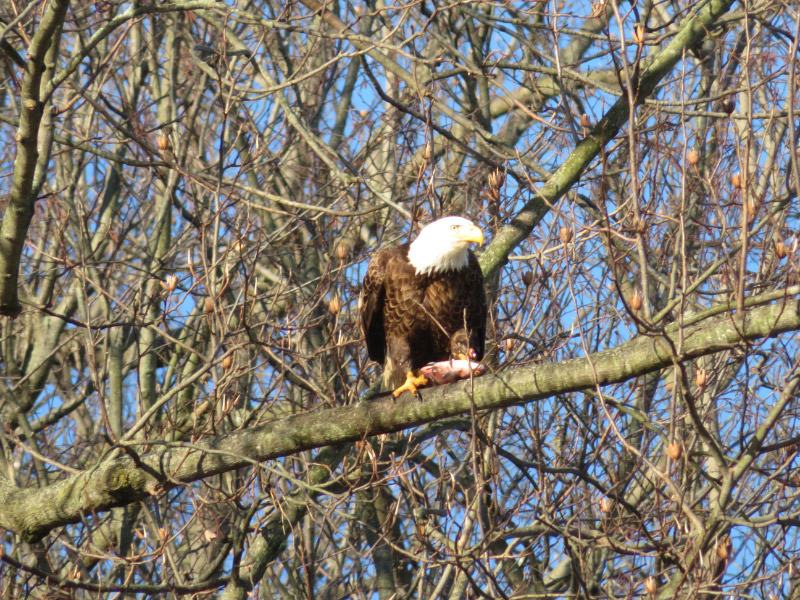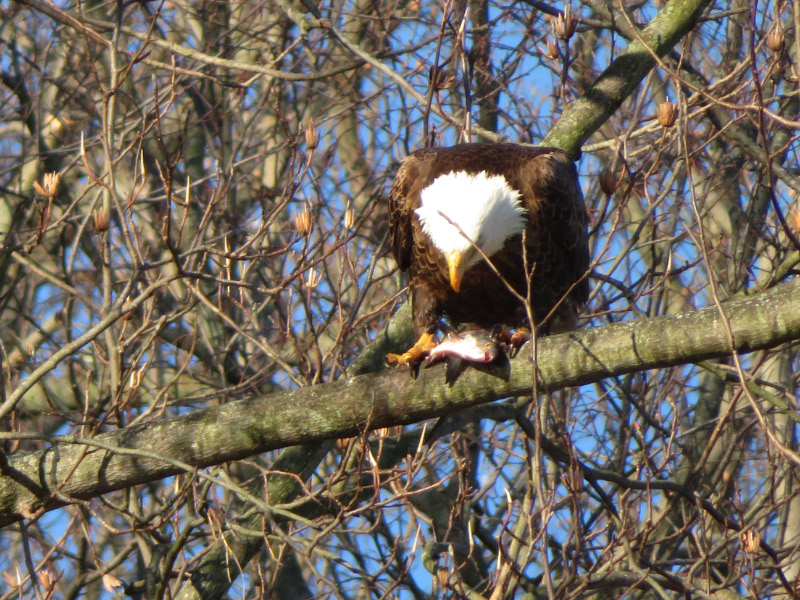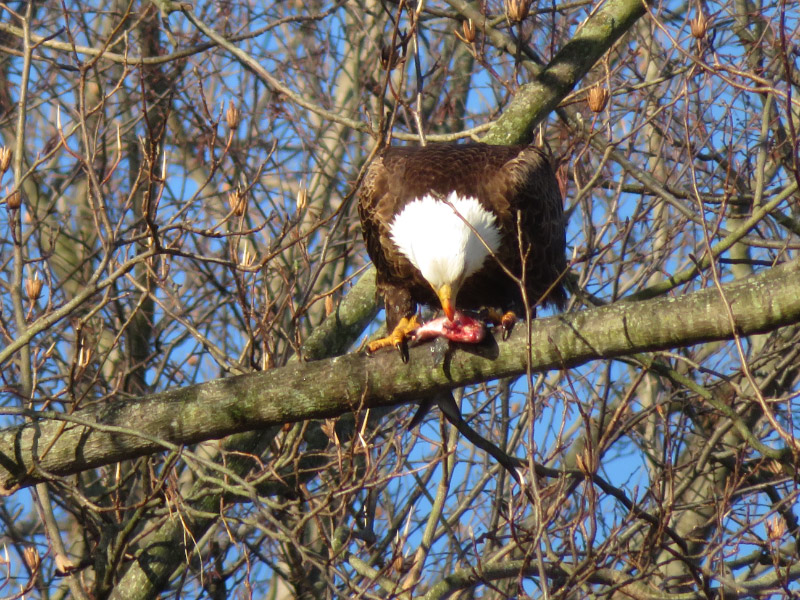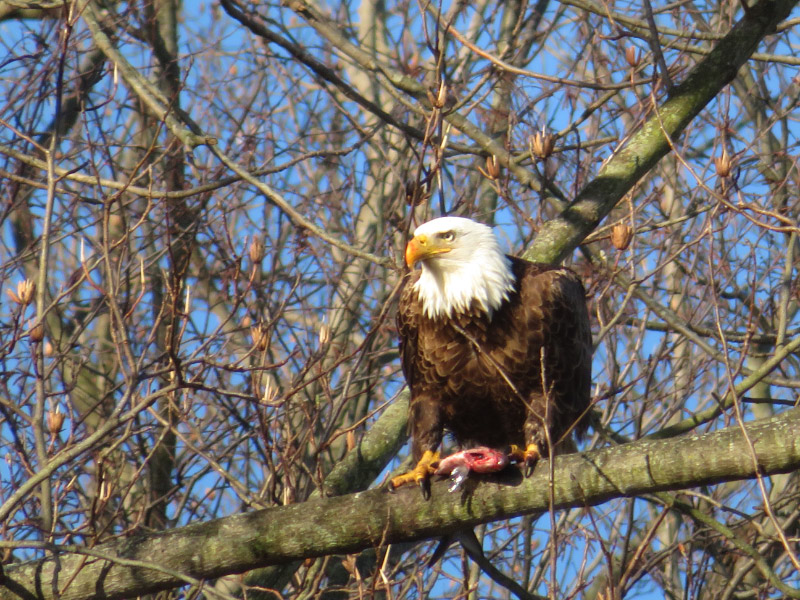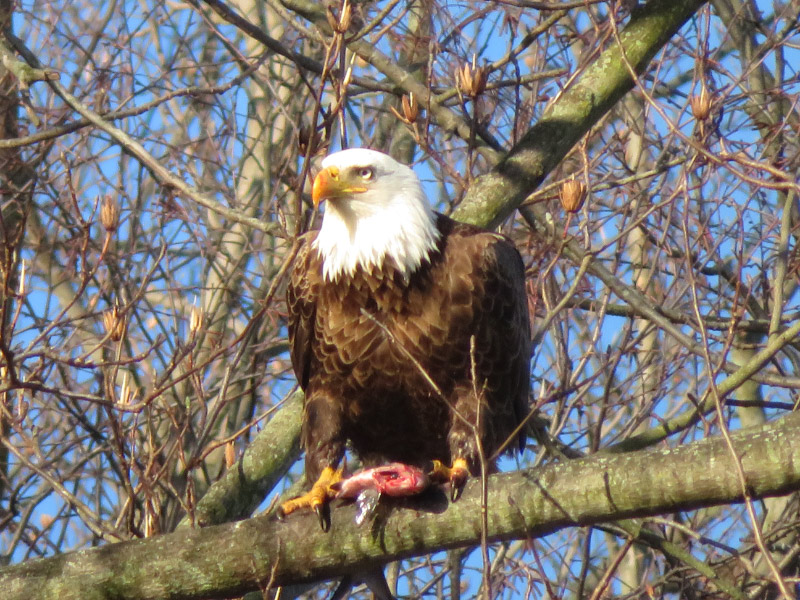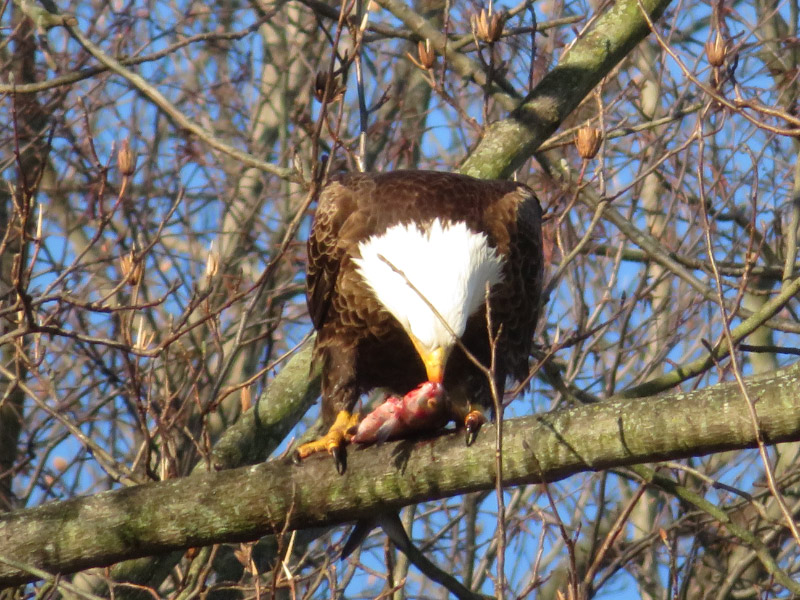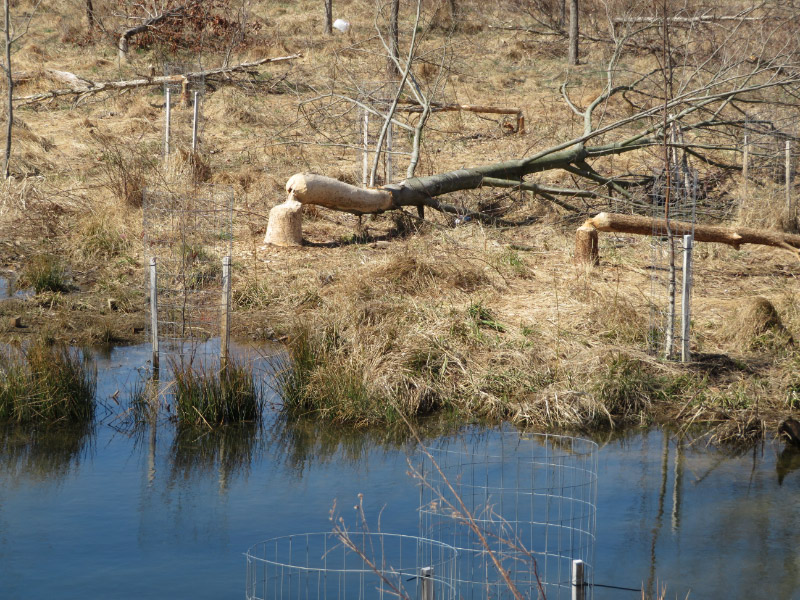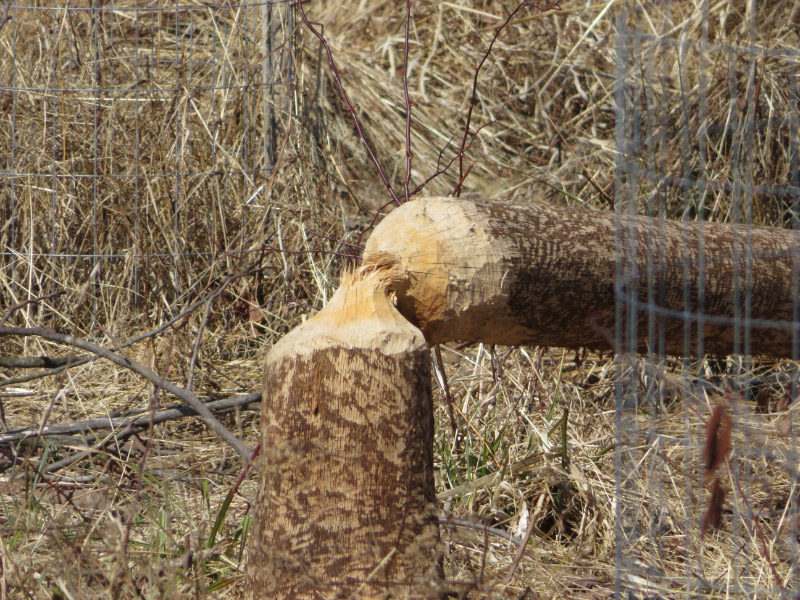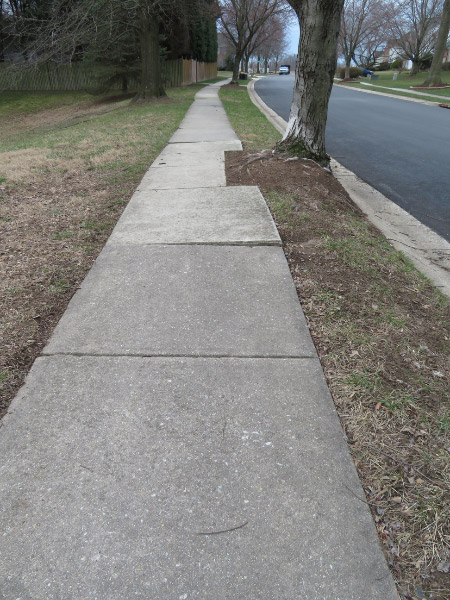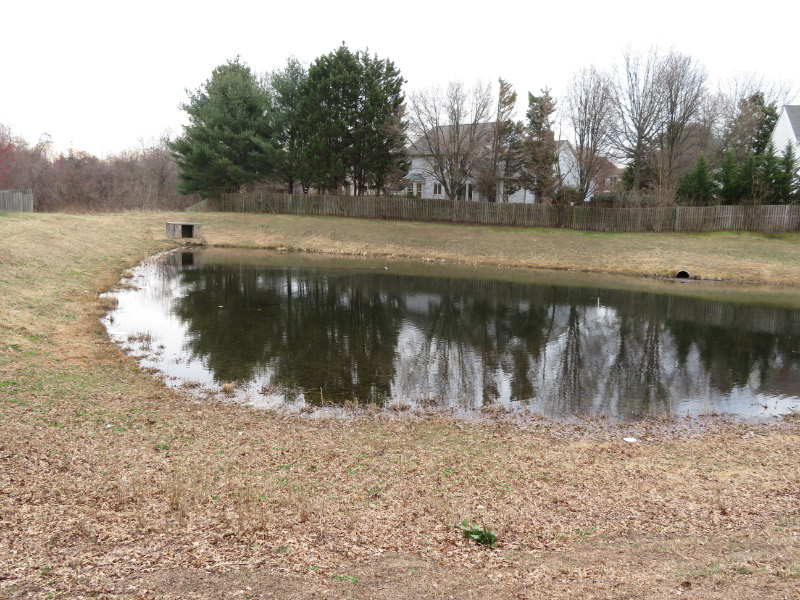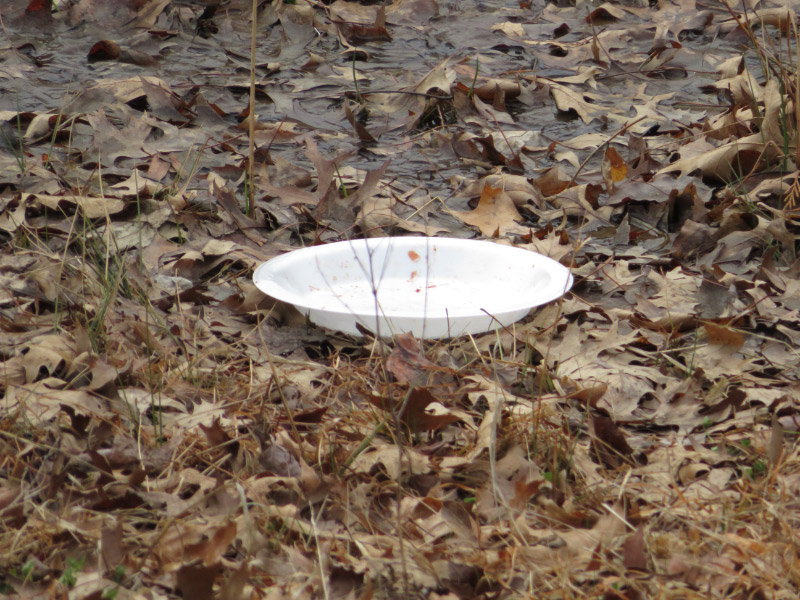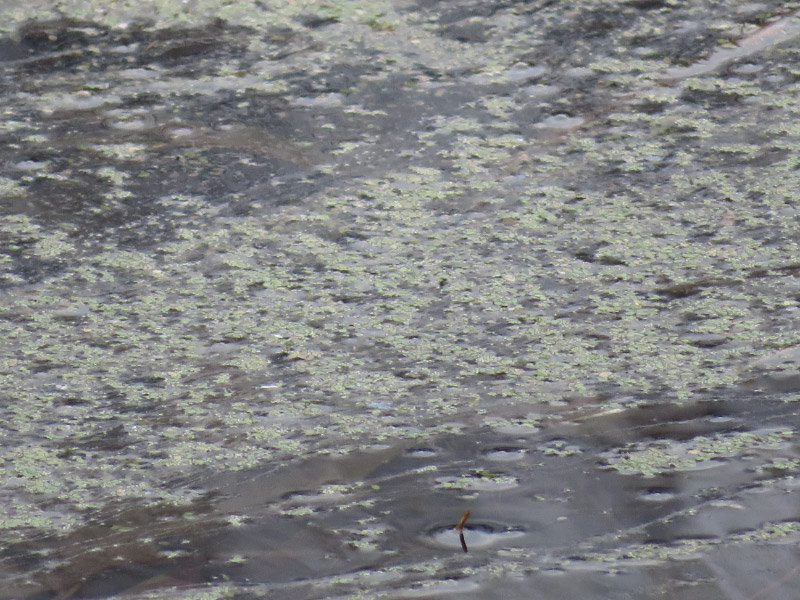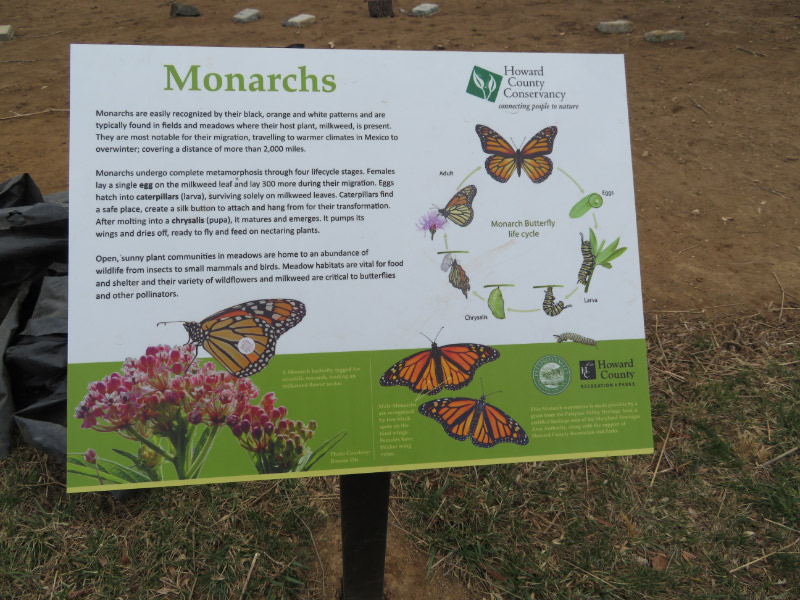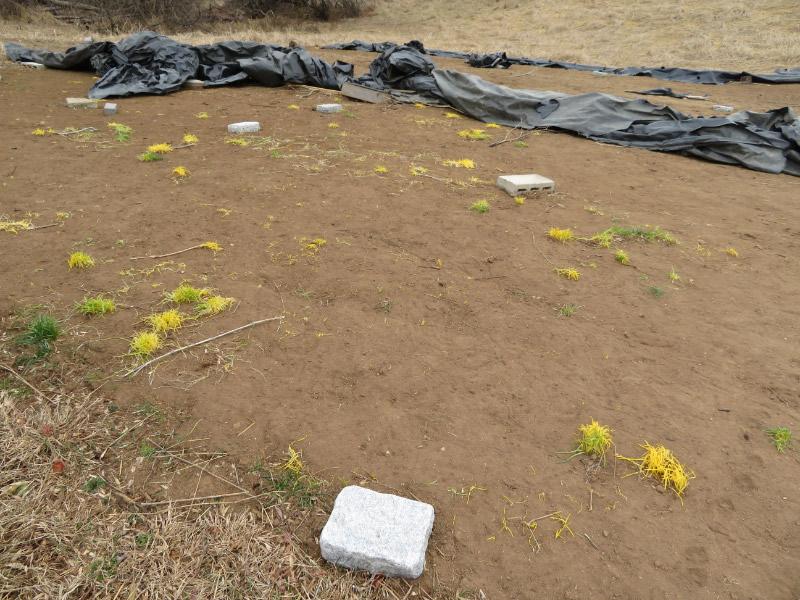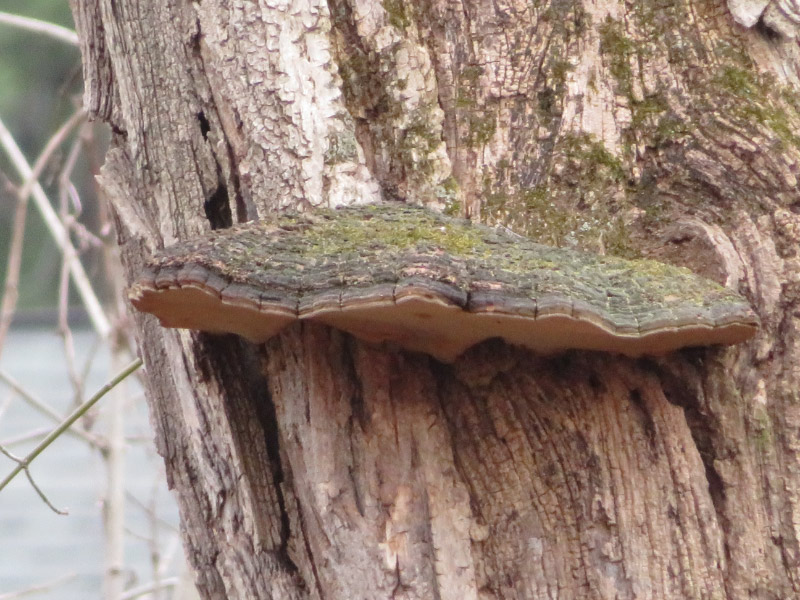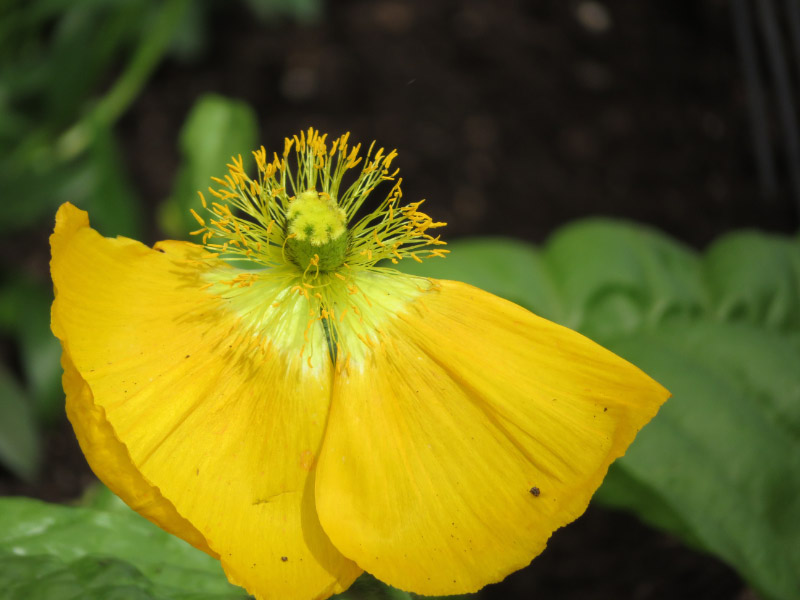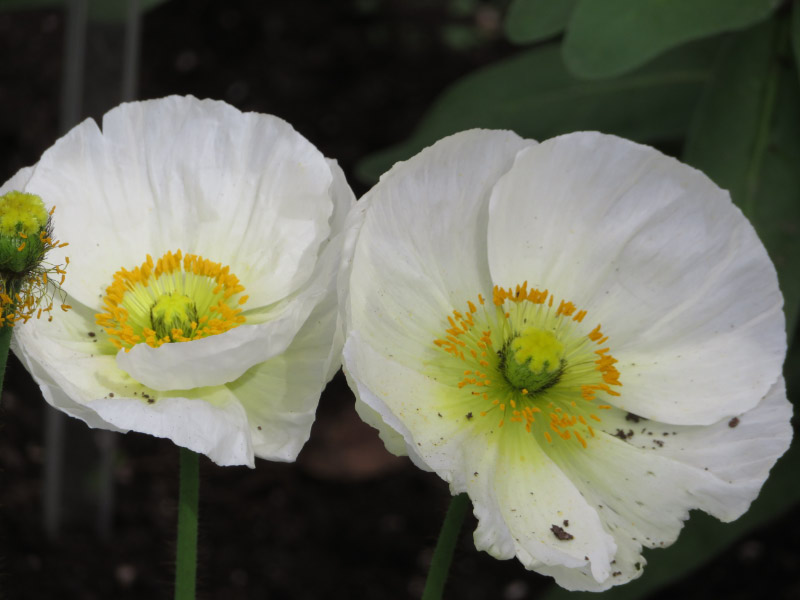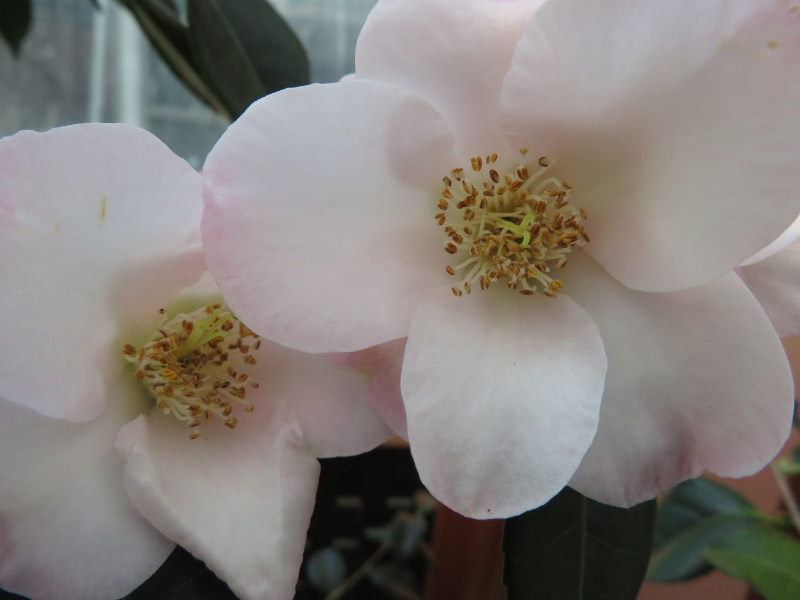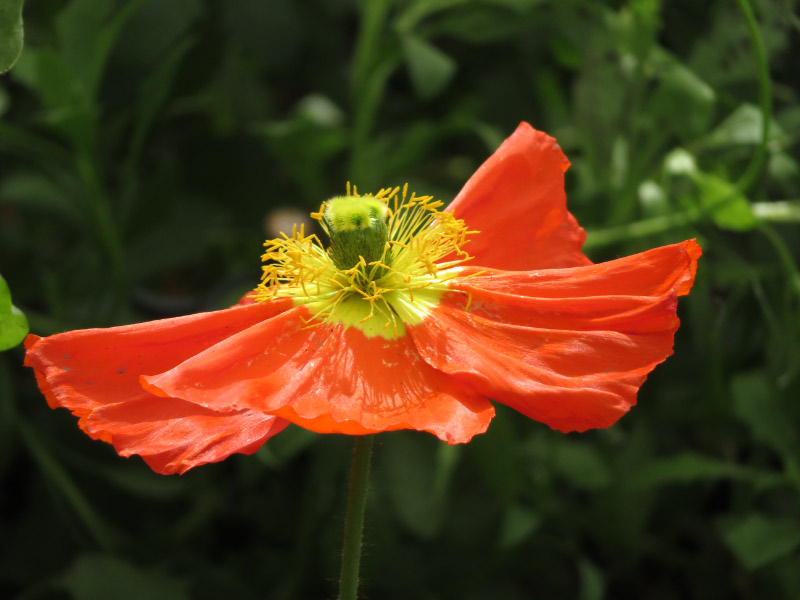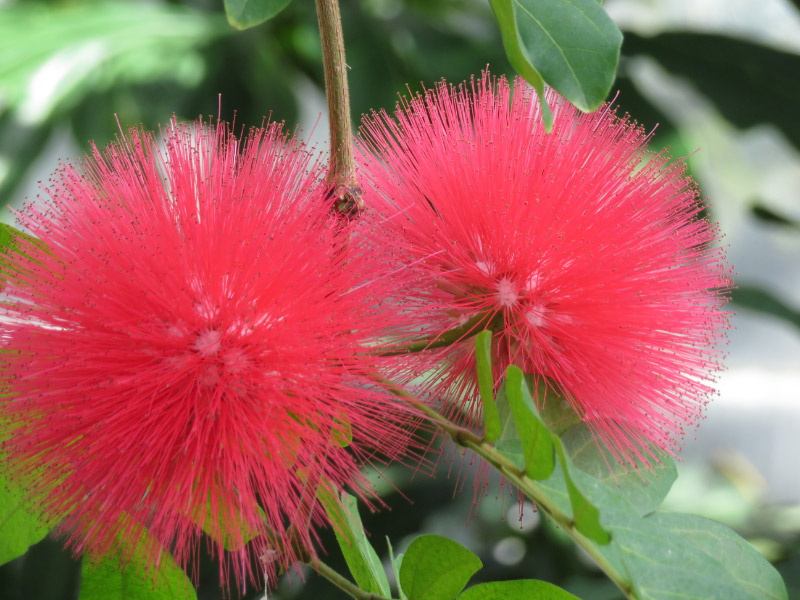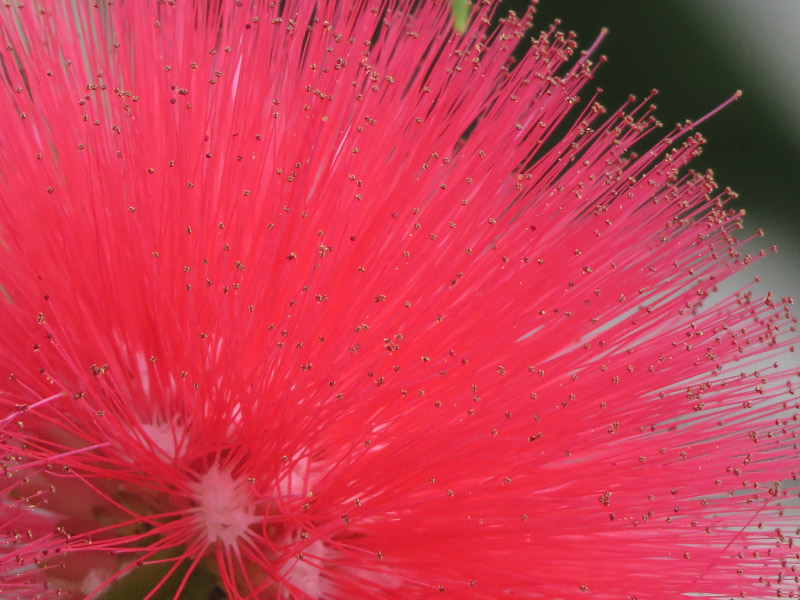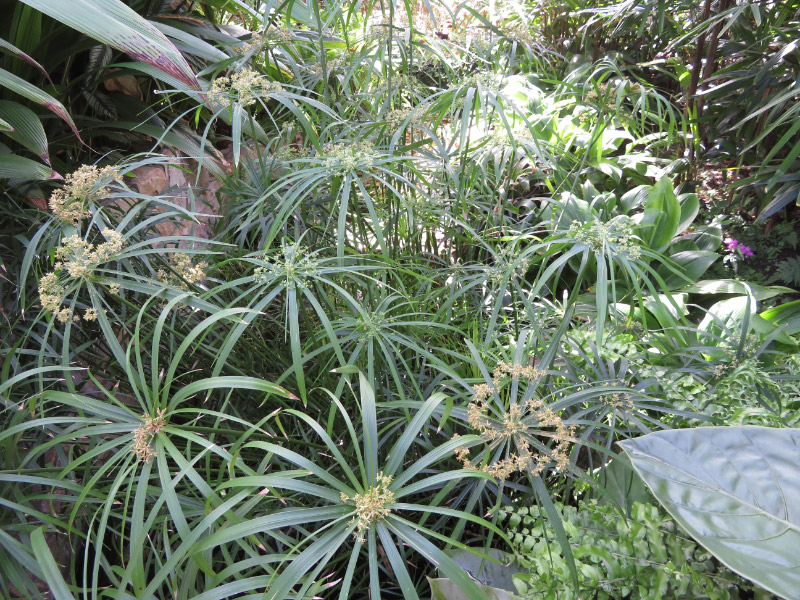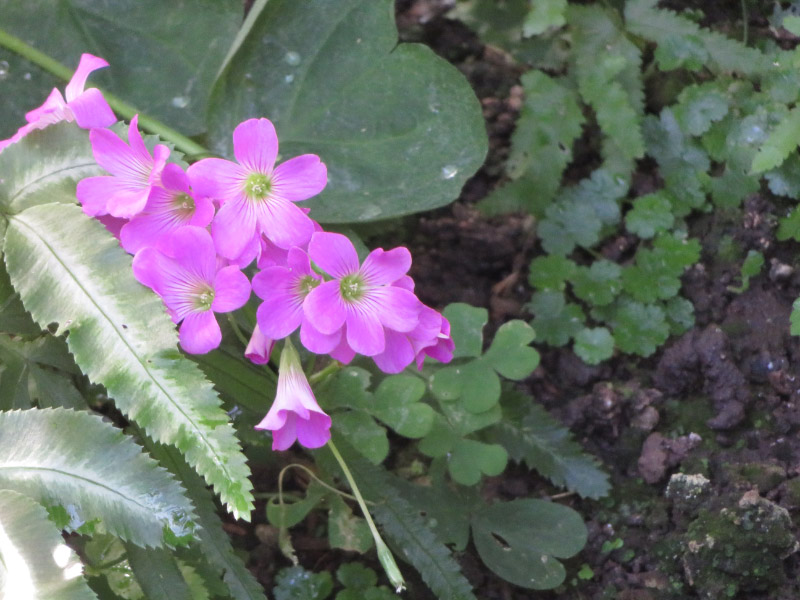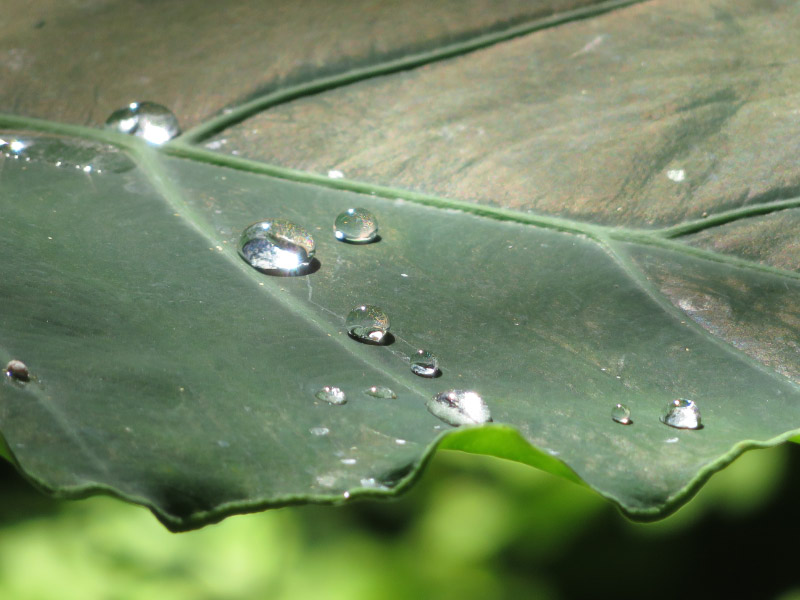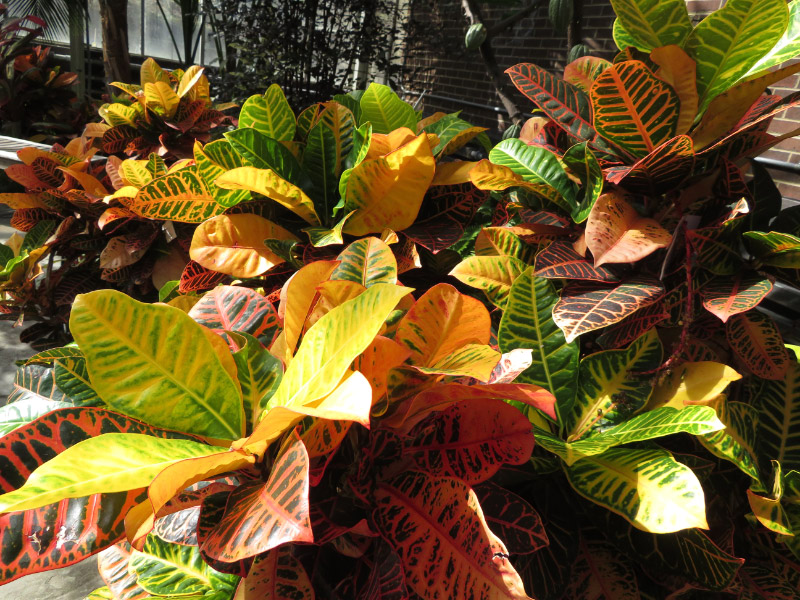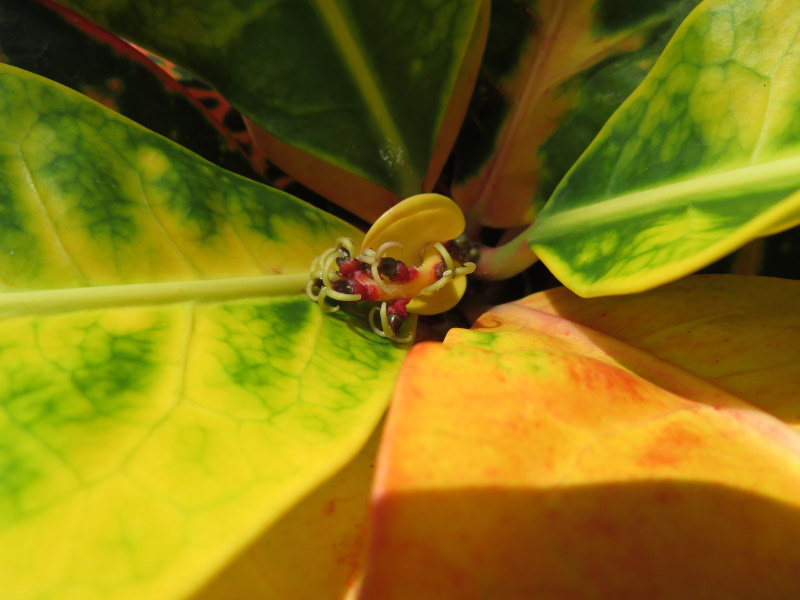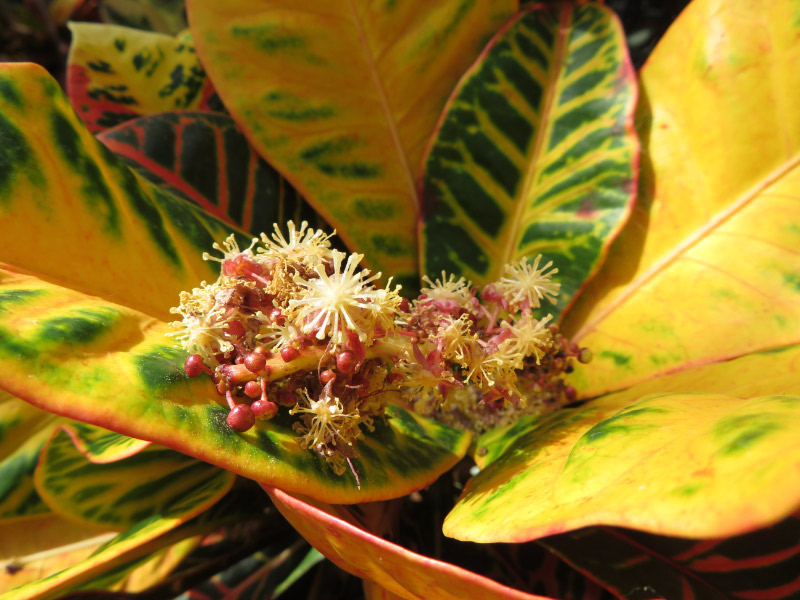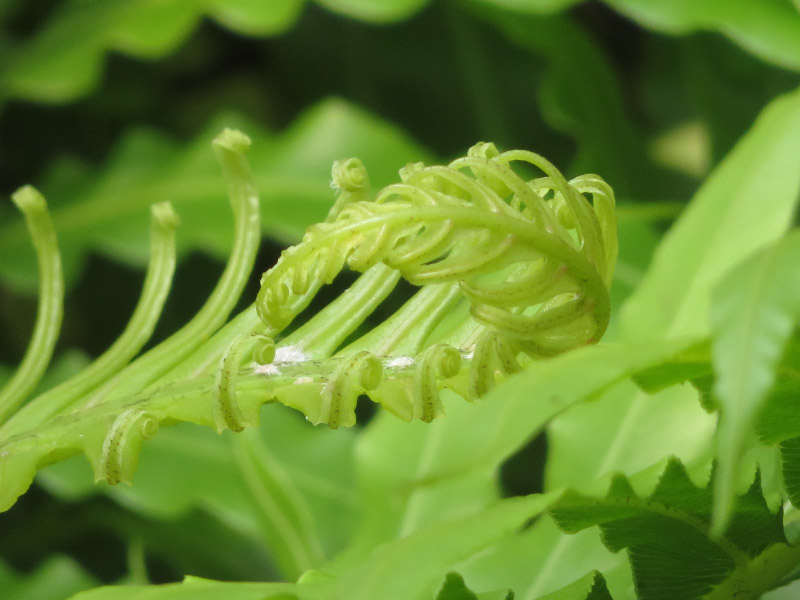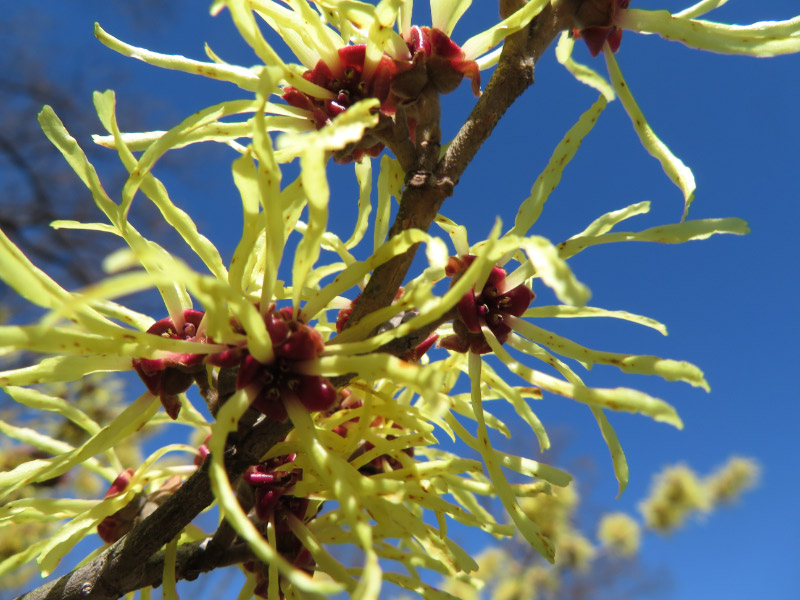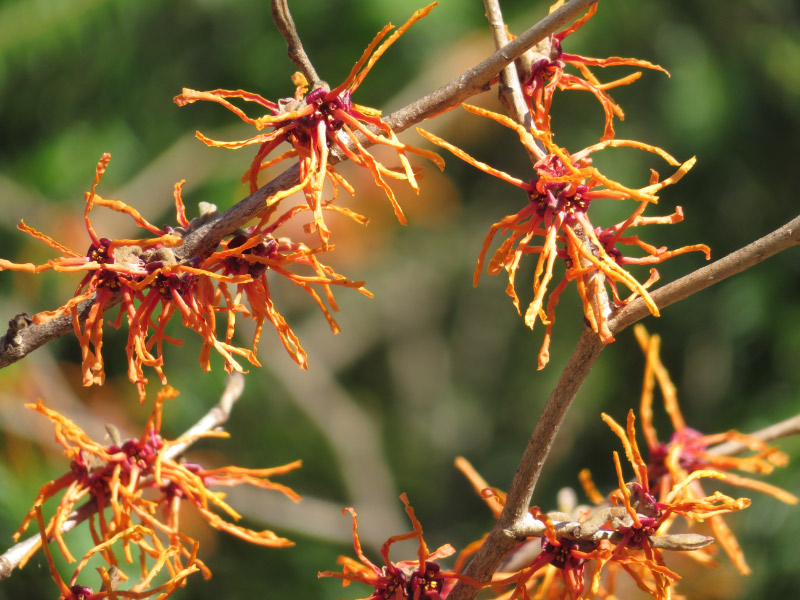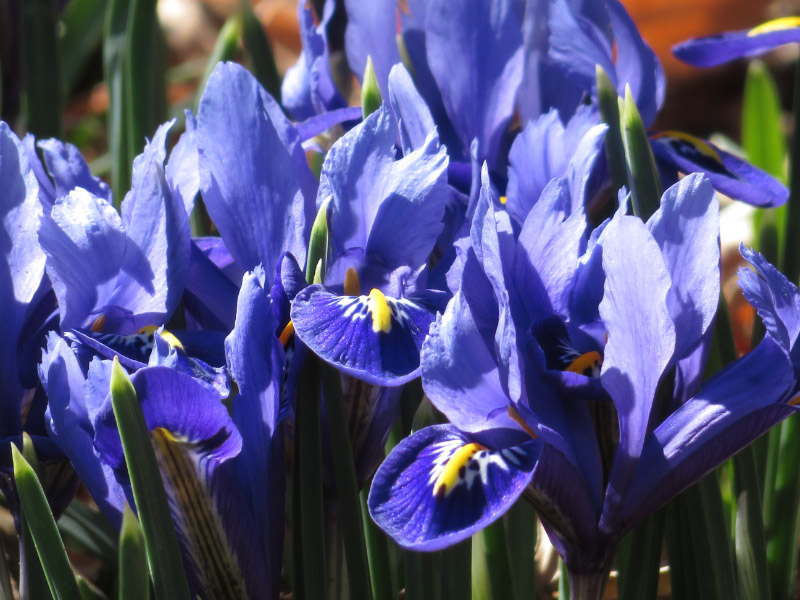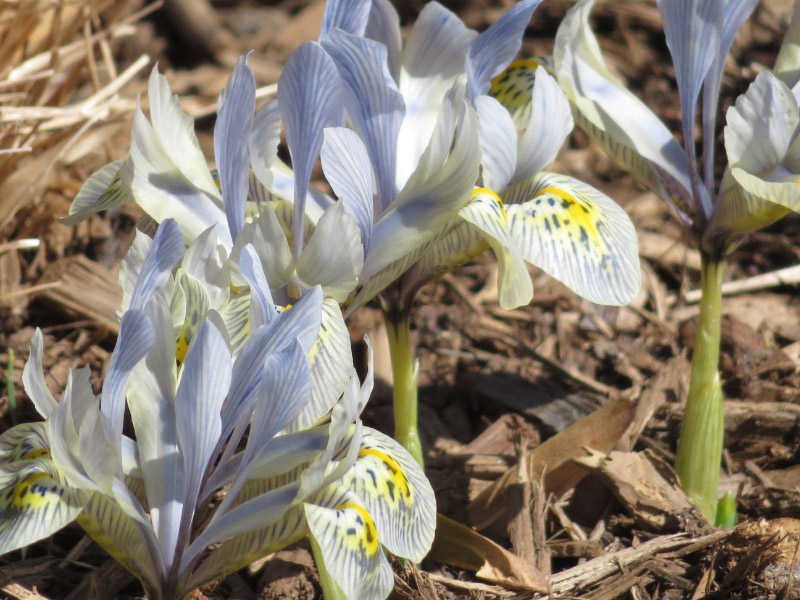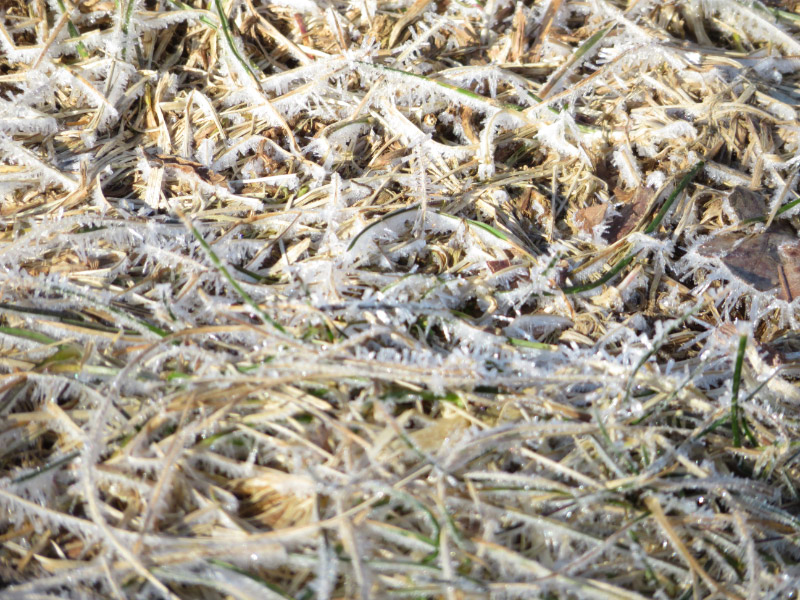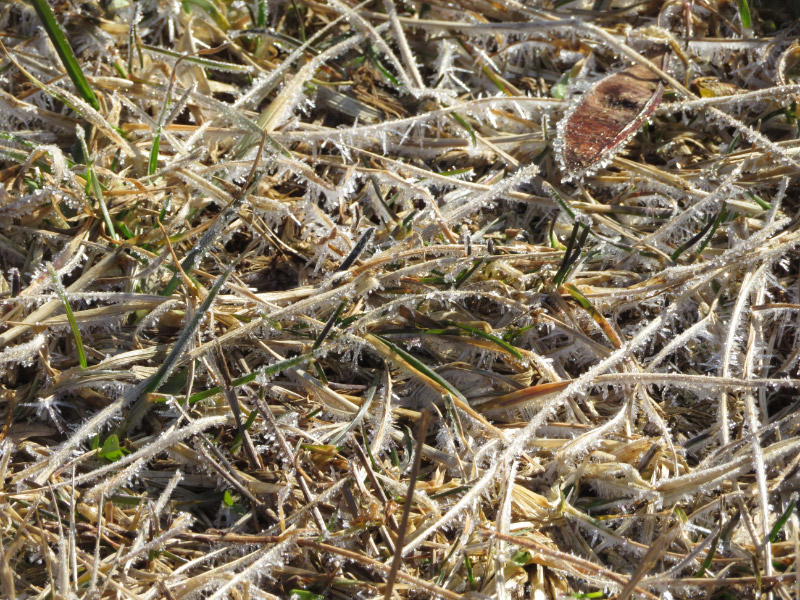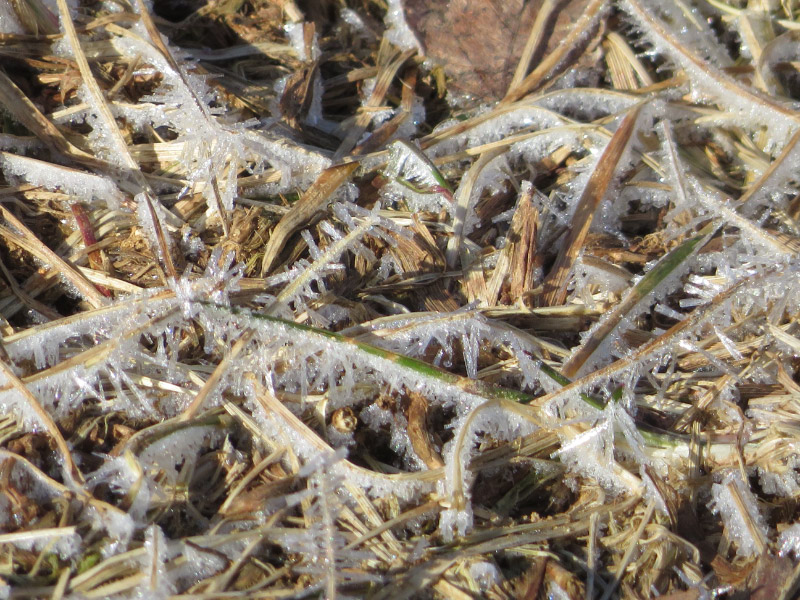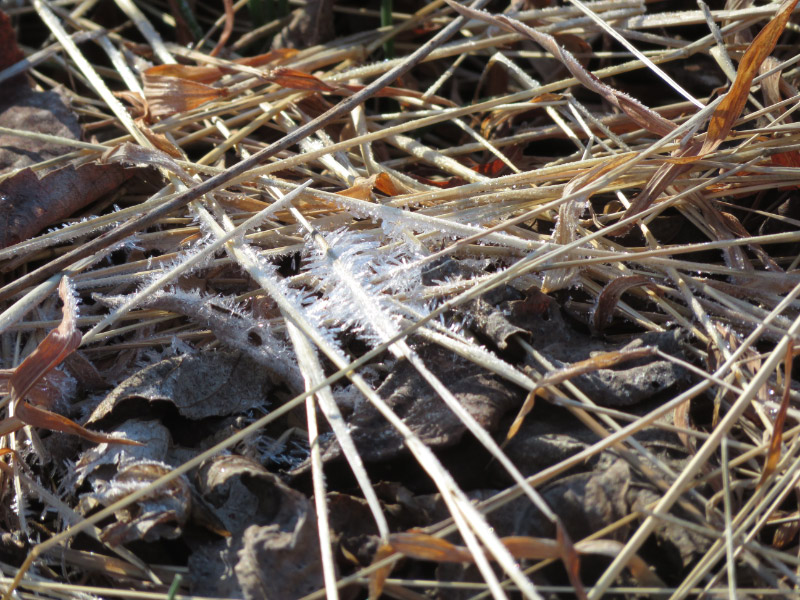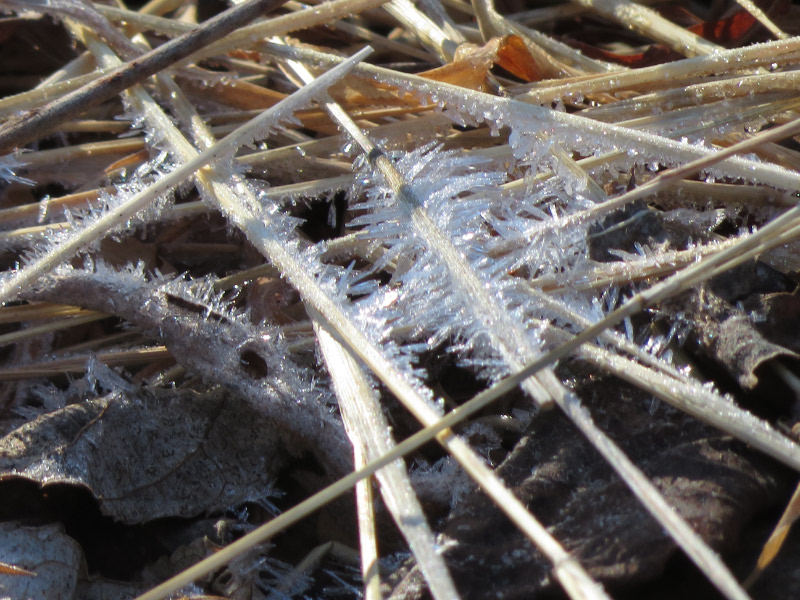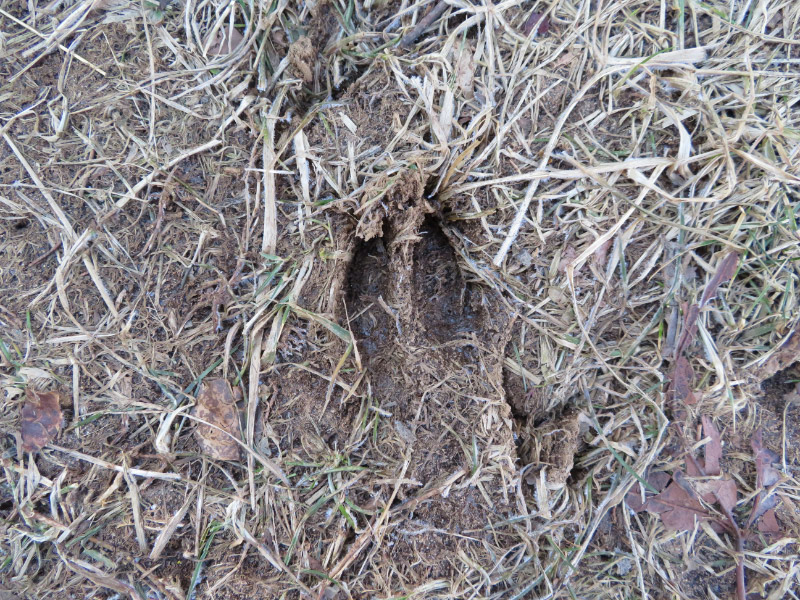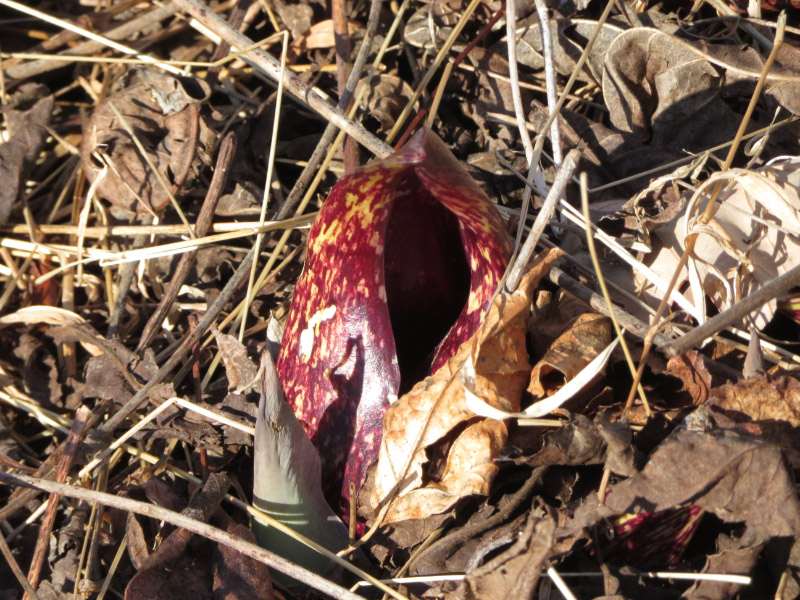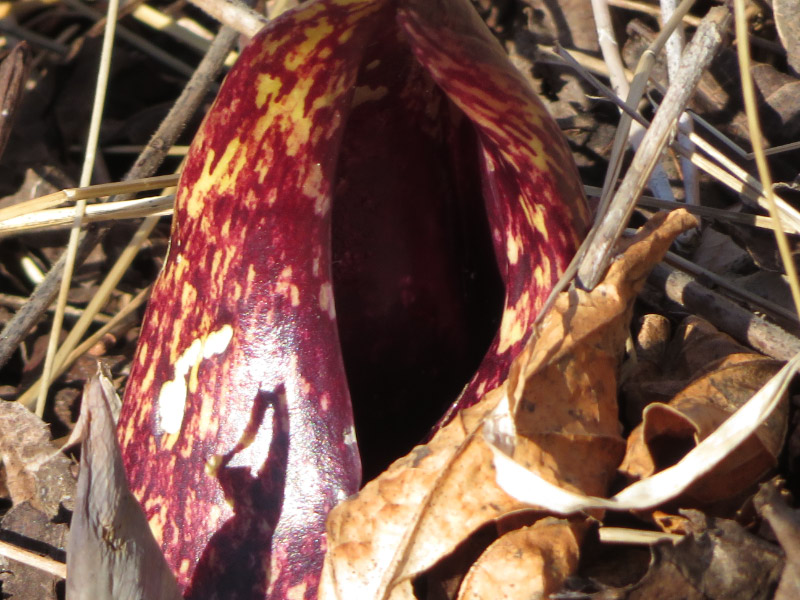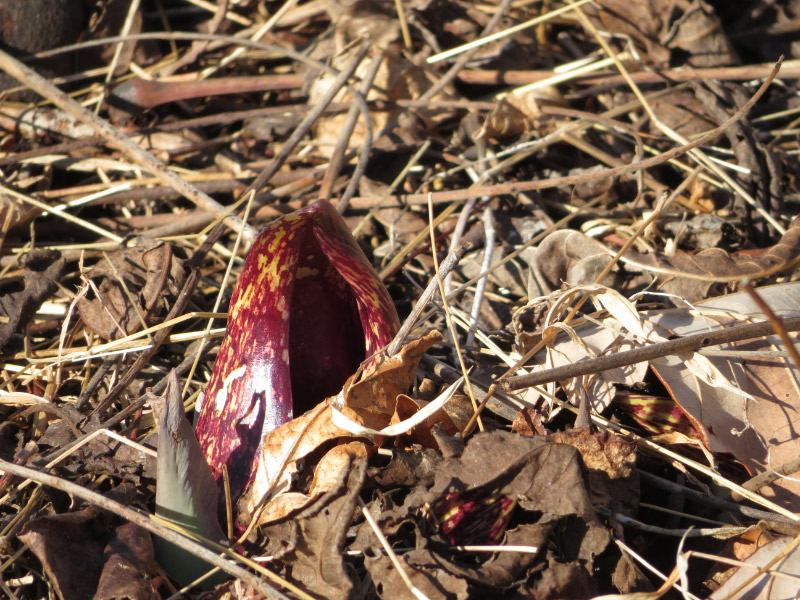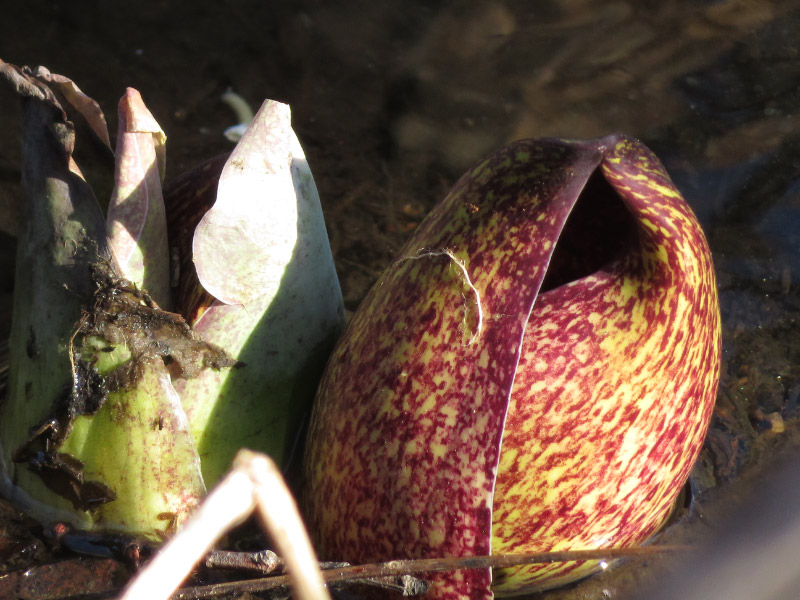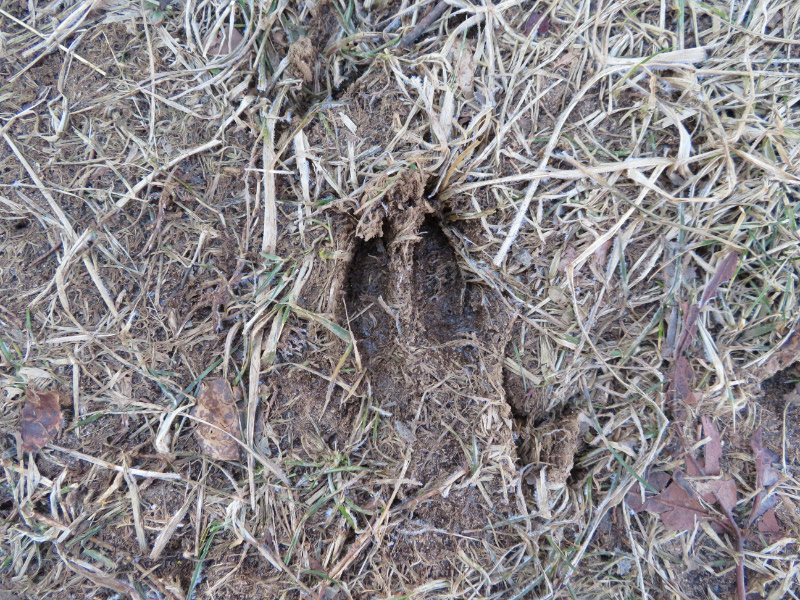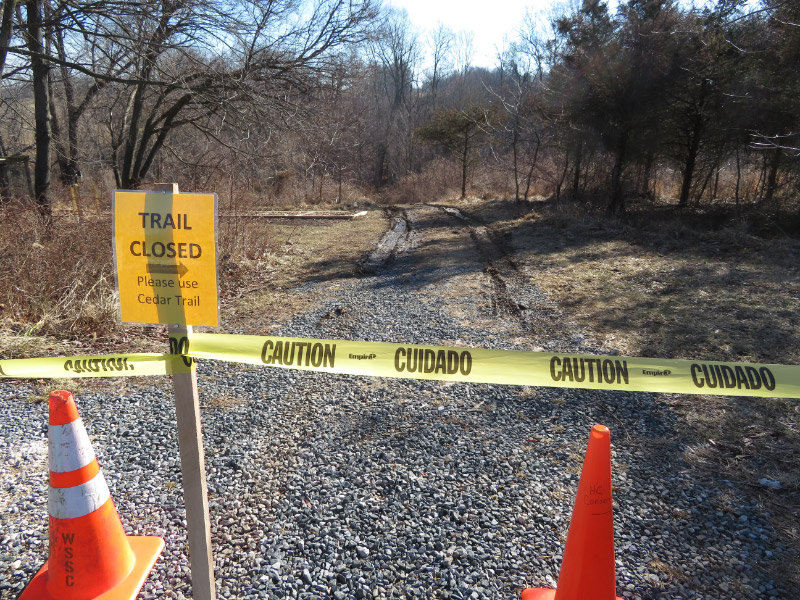Gleanings of the Week Ending March 31, 2018
/The items below were ‘the cream’ of the articles and websites I found this past week. Click on the light green text to look at the article.
4 Psychology Lessons That Can Teach Us About Inspiring Climate Action | CleanTechnica – Good ideas – particularly if anticipating a lot of disagreement or people being too depressed about the prospect of the future for Earth to take action.
Top 25 Wild Raptors – National Geographic – From around the world…no bald eagle in this group of photos.
After 250 Years of Dams, Rhode Island River Restored for Migratory Fish – Cool Green Science – Maryland is also removing dams. Bloede’s Dam (see blog post about it here)
Hummingbirds Make an Incredible Journey North – Cool Green Science – This little birds make a very long journey. Hope our recent cold weather has not made is a problematic year for them.
Saving Terrapins From Drowning in Crab Traps – Cool Green Science – Hopefully this can be a success story for terrapins around Long Island…time will tell.
Elusive Deep-Sea Anglerfish Seen Mating for the First Time | Smart News | Smithsonian – I’d only see pictures of dead specimens or drawings. The 2.5 minute video shows a living fish moving slowly through the water with filaments that glow surrounding it. Still very fierce looking but also a slow moving graceful beauty.
Drug-related mortality rates are not randomly distributed across the US -- ScienceDaily – The map says it all. The hotspots for drug-related deaths in the US are not necessarily where historically high drug use happened.
The 20 most beautiful libraries in the U.S. - Curbed – I’ve only been in one of these: the reading room of the Legal Research Library at the University of Michigan; it was part of the campus tour when my daughter visited the university before she added it to her short list that she would apply to for her undergraduate studies. I remember it being very quiet even though people were walking around – cork floors are quiet floors!
The Great Pacific Garbage Patch Is Much Larger and Chunkier Than We Thought | Smart News | Smithsonian – Ugh! It was bad even before the more precise measurements came in. There has to be a way to start cleaning it up and keeping more garbage from getting into the ocean.
Landscape Photography Series Tells “Winter’s Tale” of Snowy Forests – Hopefully we’ve had our last bought with snowy weather here in Maryland. I do enjoy the snowy forests…for a little while.







